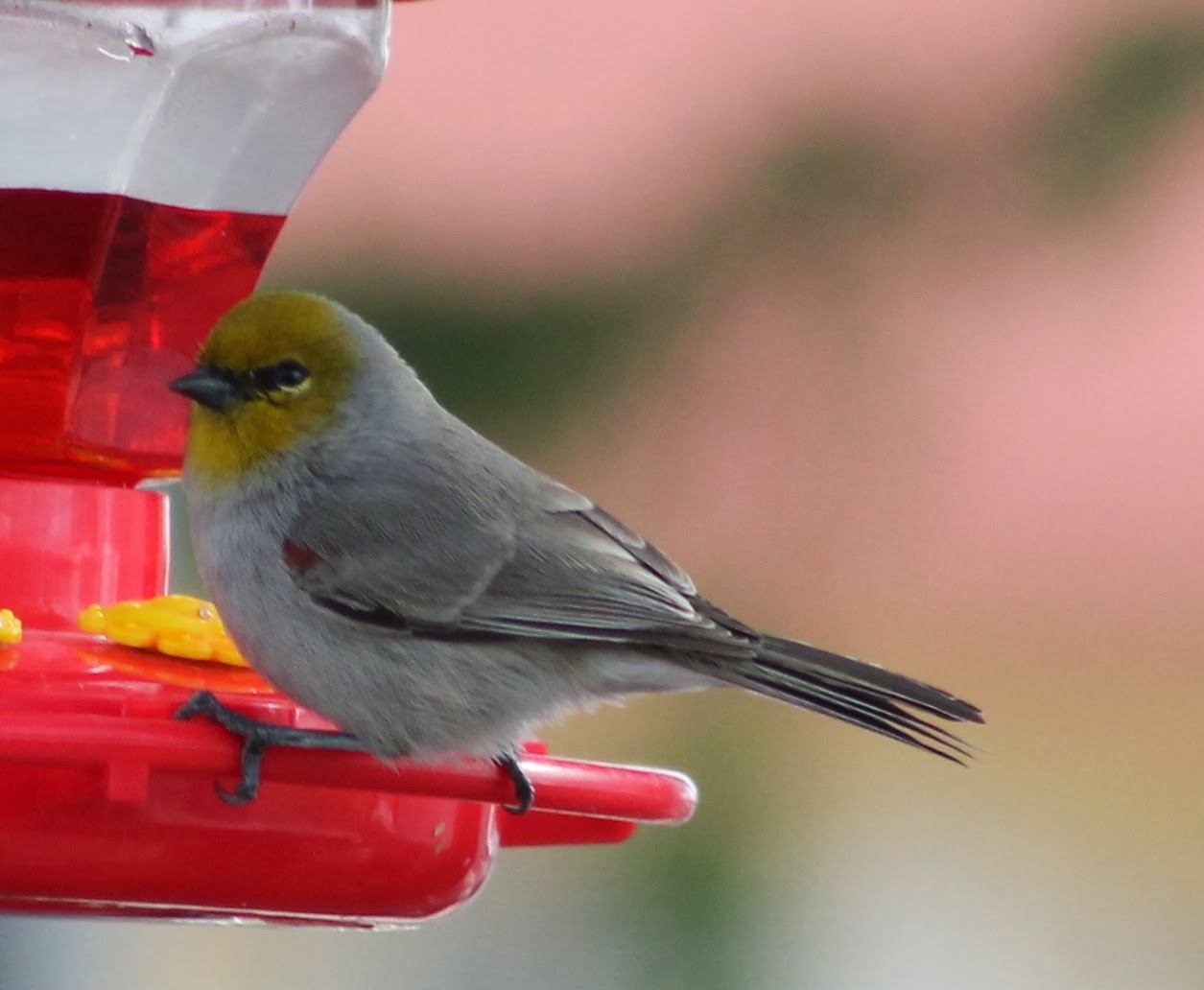Tucson is situated in the flat desert area of Southern Arizona nestled between 4 mountain ranges ( Santa Catalinas, Tucson Mts. Santa Ritas, and the Rincons). This is the ideal habitat for the Saguaro Cactus found in no other area of the world.
We are enjoying our 6 week visit in this desert/mountain environment visiting several local birding areas. We found Cactus Wrens at Saguaro National Park and Sabino Canyon.
This Greater Pewee is a rare winter visitor finding shelter and food at the Evergreen Cemetery. This bird had other flycatchers for company - Says Phoebe and Vermilion Flycatcher.
 |
| Cinnamon Teal |
On the northwest side of Tucson is the Sweetwater Wetlands Preserve - a sewage reclamation project that is a magnet for waterfowl, shorebirds and passerines.
 |
| Eared Grebe |
 |
| Northern Shoveler |
 |
| Northern Pintail |
 |
| Abert's Squittel |
Mt. Lemmon is the highest point with a commanding view of the desert. We drove a 26 mile scenic byway to Summerhaven, from the desert floor through 5 life zones to the pine/fir forest with snow at the 9,000 foot level.
Here are some of the specialties of the area.
 |
| Canyon Wren |
 |
| Pygmy Nuthatch |
 |
| Stellar's Jay |
 |
| Yellow-eyed Junco |
Gamble's Quail make their home scurrying through the underbrush and cacti of urban backyards.
A common sight and sound in the lower mesquite is the Phainopepla.
We are staying at Far Horizons RV Park and this Verdin quickly found our hummingbird feeder. He shares it daily with Anna's Hummingbirds, House Finches and Gila Woodpeckers.
God Bless you in the new year.
Ty & Ida Baumann































